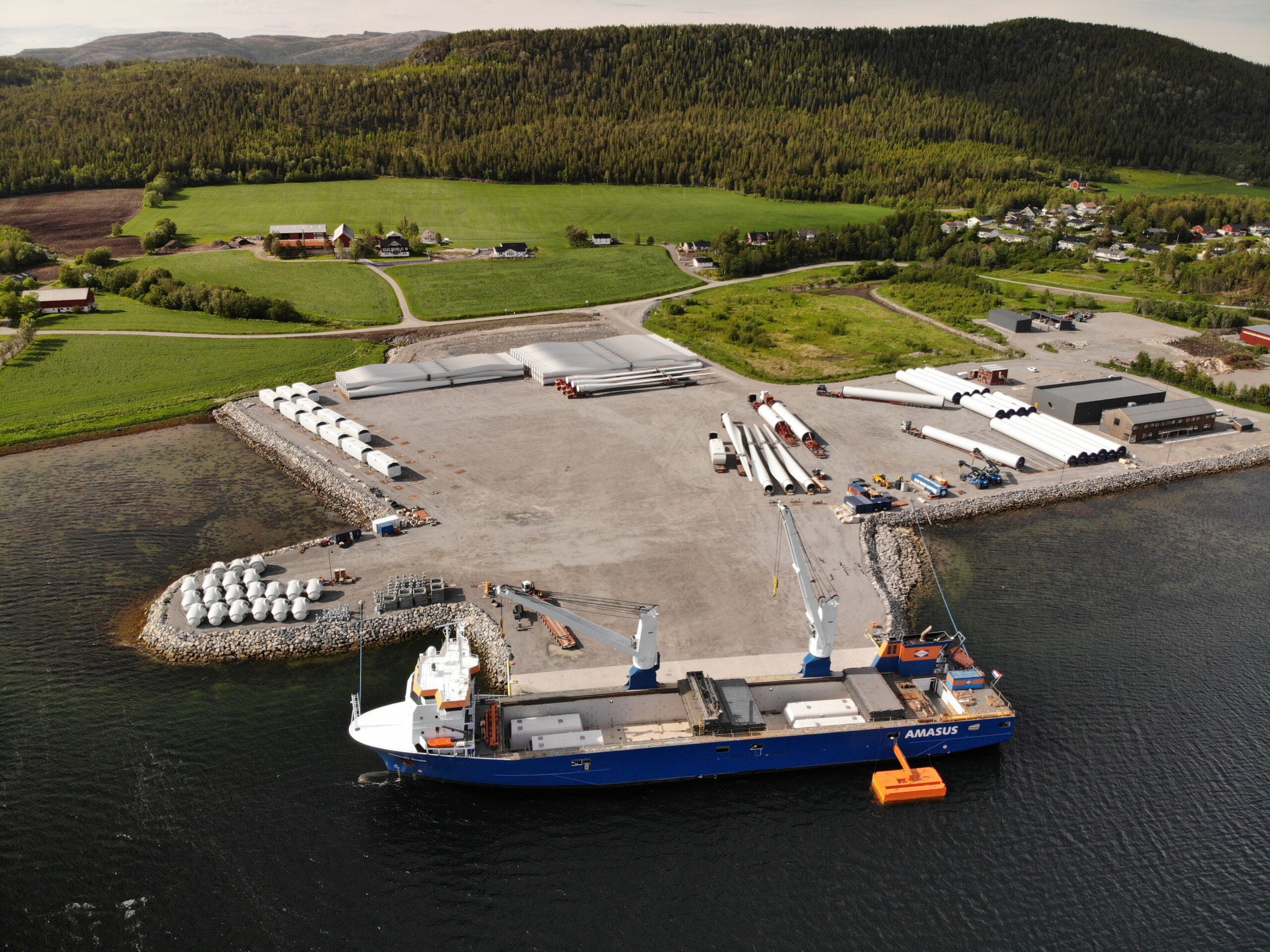
Offshore wind is an industry anticipated to see significant growth over the coming years, highlighted as a key route to achieving Europe’s target of carbon neutrality by 2050, as international governments pursue more ambitious decarbonisation targets and oil and gas prices see record-breaking growth.
While this year’s EERA Deep Wind conference – taking place in Trondheim, Norway – took a moment to celebrate the sector’s achievements as an eco-friendly as cost-effective energy solution, the emphasis was firmly on what is still left to do in the journey to a green economy.

Discover B2B Marketing That Performs
Combine business intelligence and editorial excellence to reach engaged professionals across 36 leading media platforms.
“Offshore wind has the potential to meet our energy needs many times over,” says conference chair John Olav Tande, chief scientist at research institute SINTEF, “and we must work quickly to make use of its potential.”
In particular, speakers highlighted a need for continued and increased innovation in the field to help scale up the technology, as well as improve sustainability even further.
The carbon footprint of turbine materials
While wind is an energy source found to have some of the lowest impacts in terms of land use and total lifecycle greenhouse gas emissions, the materials used in construction contribute to 70% of its total environmental impact. Working to reduce the amount of material used and increasing its recyclability was therefore identified as a priority.
Lena Kitzing from DTU Wind Energy said that while 88% of a wind turbine structure is recyclable, only 20% is currently being recycled, with the turbine blades described as the “Achilles heel” of this issue. Finding end-of-life solutions to either recycle or reuse the components is therefore a priority – for instance as artificial reefs or playground structures – as well as accelerating the development of green steel to curb supply chain emissions further.

US Tariffs are shifting - will you react or anticipate?
Don’t let policy changes catch you off guard. Stay proactive with real-time data and expert analysis.
By GlobalDataAs we’re at a period of time where we’re beginning to see turbines being decommissioned, there is the opportunity to develop end-of-life waste management systems and integrate findings into future builds in the early design stage.
As wind infrastructure designs still have greenhouse gas emissions low enough to be considered sustainable under the EU taxonomy, the need for a complete zero-waste solution is not yet urgent, though it is a crucial part of the long-term plan to make wind even greener.
A ‘giga’ opportunity
Offshore wind was described as a “giga” opportunity by Tande, with the potential to supply a third of European energy needs by 2050, and Peter Eecen, coordinator at EERA JP Wind, says that offshore wind farms will be “the cornerstone of the future energy system”.
Yet to meet these rising energy needs, it is estimated that between five and six turbines need to be installed every day. Efforts to expand offshore wind activities have already been seen in all the European sea basins – from the Black Sea to the North Atlantic Ocean – though continued work on expanding into new markets will be needed to meet installation requirements.
A scale-up of this size was acknowledged to need continued focus on and support for innovation, helping to drive down costs to make it a cost-competitive and widely-deployable solution.
Establishing research and development centres was suggested by a number of companies, offering ways of reducing the cost of wind, facilitating its sustainable development and creating jobs. One example is the Danish Energy Islands, which proves a useful case study when considering the creation of these offshore energy centres. The project is the largest infrastructure scheme taken on by Denmark, with the two artificial islands supporting 5GW of offshore wind by 2033, with the potential to expand to 12GW thereafter.
The main barrier to establishing these centres is the cost – both in terms of financial return and potential ecological damage. The latter point was also raised when considering offshore wind’s contribution to the Sustainable Development Goals – considering how we can create new technology without interfering with and potentially damaging our natural surroundings.
Conducting research into how to best mitigate these impacts is needed, though it was also noted that the centres’ (hopefully) far reaching and long term benefits could in itself mitigate some potential costs – with DTU Wind’s Tyler Hansen saying that the cost-benefit analysis is ill suited for considering energy transformation.
The inclusion of hydrogen
The creation of these research centres and offshore hubs also includes space to develop hydrogen production, which was pitched as a necessary addition to offshore wind if energy demands are to be fully met. Hydrogen production is set to be dominated by Europe, North America, and Greater China, with the latter set to hold a 40% share of global hydrogen production by 2050.
The model for our future offshore grid is therefore dependent on large scale integration of offshore wind farms and the need to create avenues for multinational trade of hydrogen – offering a truly hybrid grid system.
Development of these new, hybrid offshore grids will require new methods and a “higher degree of coordination”, says Catherine Banet, from the University of Olso’s Institute of Maritime Law. While planning requirements for offshore wind grids are not yet very detailed, Banet adds that consistency between governments and collaboration between nations will be needed in refining these requirements.
In all, predominant concern is with how offshore wind can improve its environmental footprint and bring greater benefits to consumers, with the stage set for a future filled with innovation and discovery.
While wind may be considered “best in class” when it comes to environmental impact, the industry is showing no signs of slowing down in its mission to be even greener, ramping up to meet growing consumer demand as nations turn away from fossil fuels in the process.





